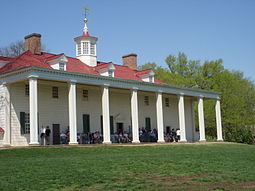
Every February we celebrate Valentine’s Day by giving flowers, candy and cards to those we love. We do this in honor of Saint Valentine. You may be wondering, “Who is St. Valentine”? Time to brush up on your Valentine’s history!
Legend has it that Valentine was a priest who served during third century Rome. The Emperor at that time, Claudius II decided that single men made better soldiers than those that were married. With this thought in mind he outlawed marriage for young men in hopes of building a stronger army. Supposedly, Valentine, decided this decree was not fair and married young couples in secret. When Emperor Claudius II found out about Valentine’s actions he had his head cut off making him a martyr of love.
Another legend has it that Valentine was an imprisoned man who fell in love with his jailor’s daughter. Before he was put to death he sent the first ‘valentine’ himself when he wrote her a letter and signed it ‘Your Valentine’, words still used on cards today.
Perhaps we’ll never know the true identity and story behind the man named St. Valentine, but this much is for sure…February has been the month to celebrate love for a long time, dating clear back to the Middle Ages. In fact, Valentines ranks second only to Christmas in number of greeting cards sent.
For some fun children’s activities including crafts, coloring pages, games, puzzles and poems goto:
http://www.dltk-holidays.com/valentines/index.htm
http://www.apples4theteacher.com/holidays/valentines-day/




